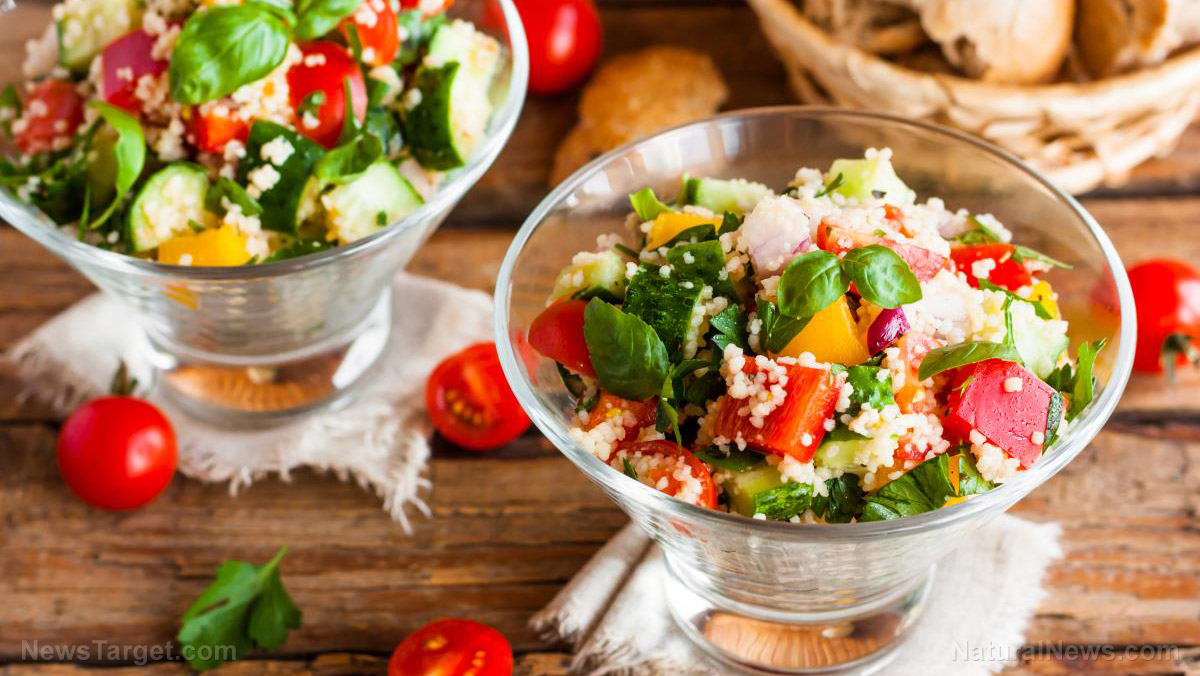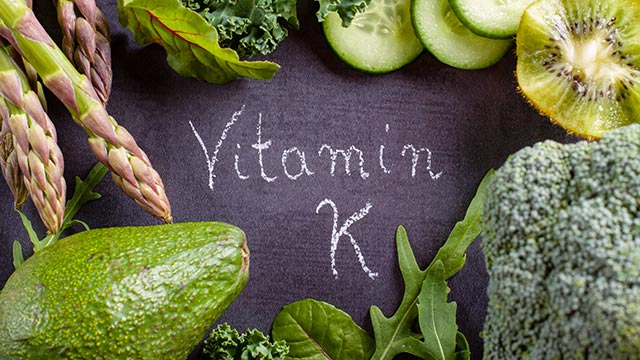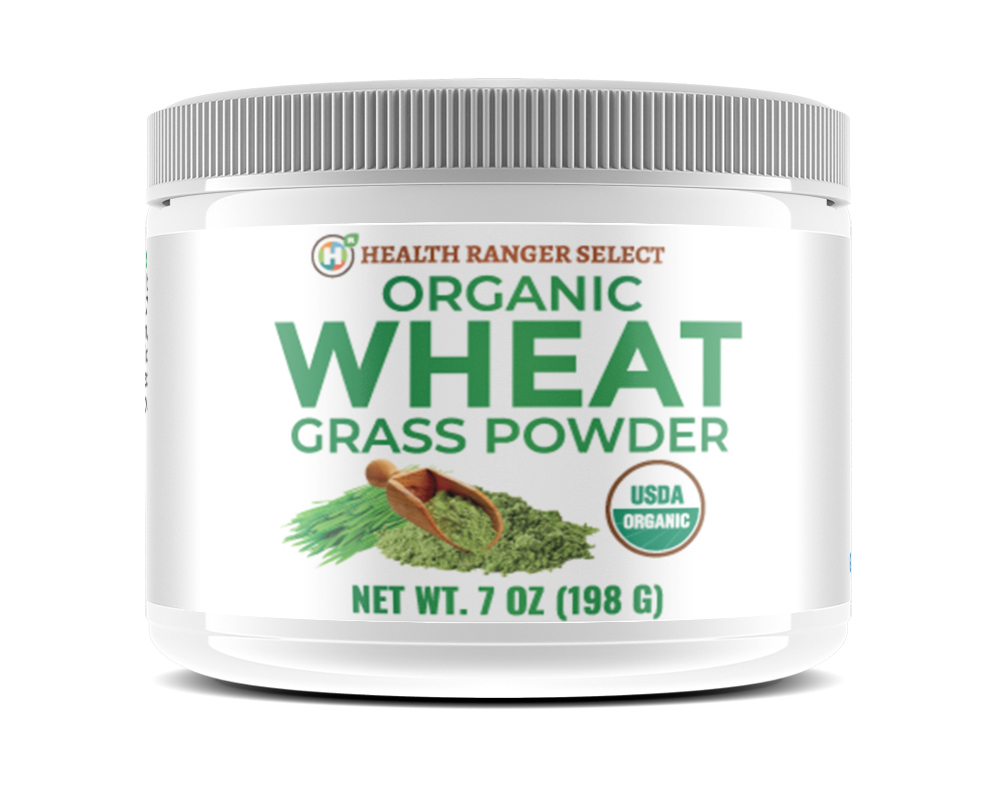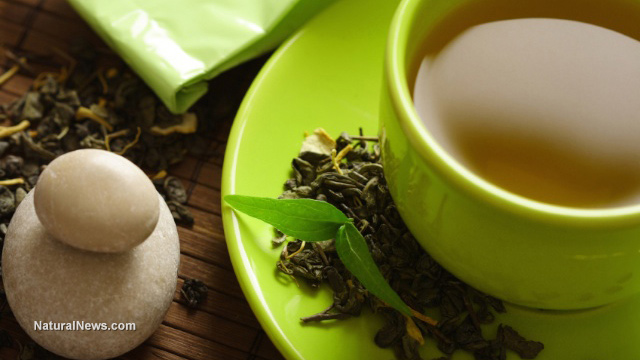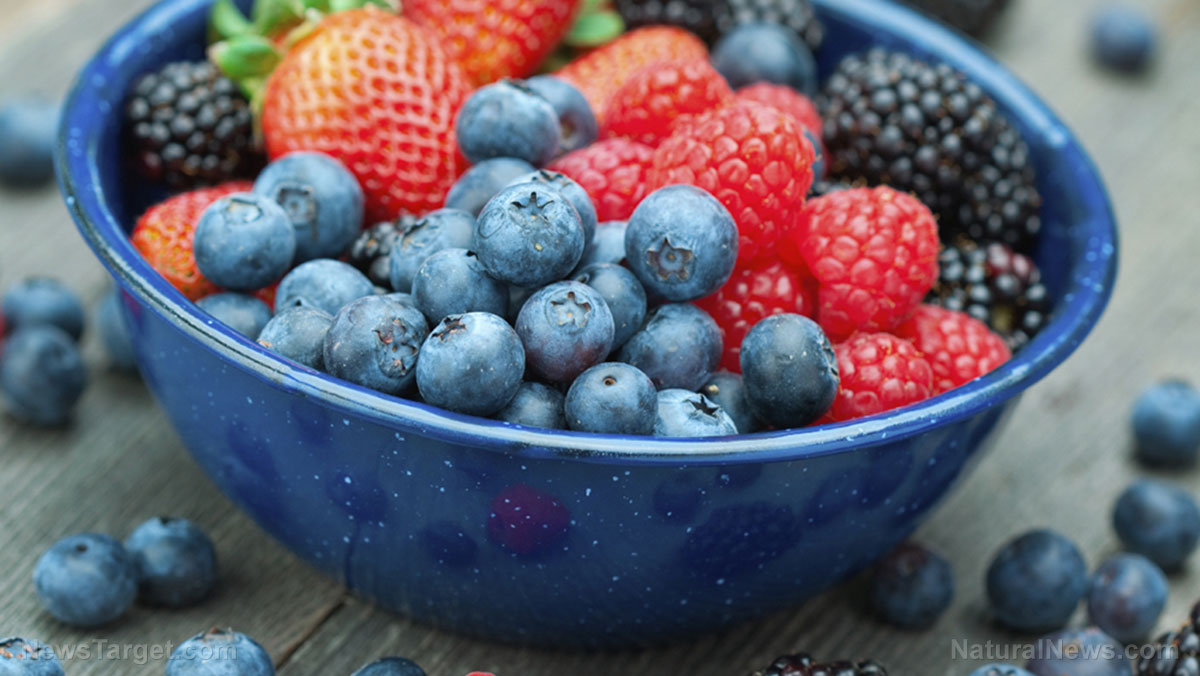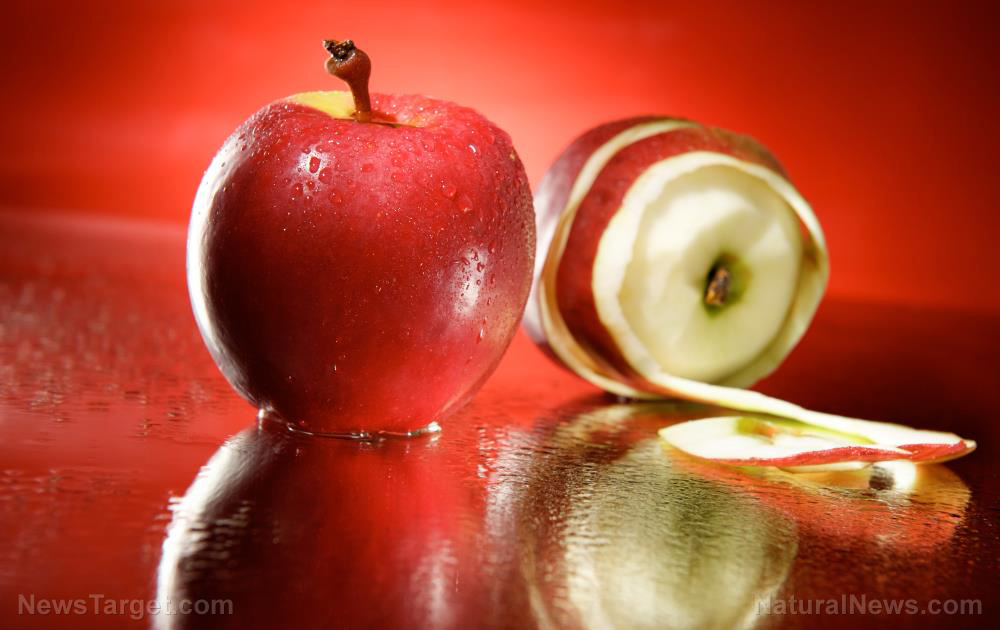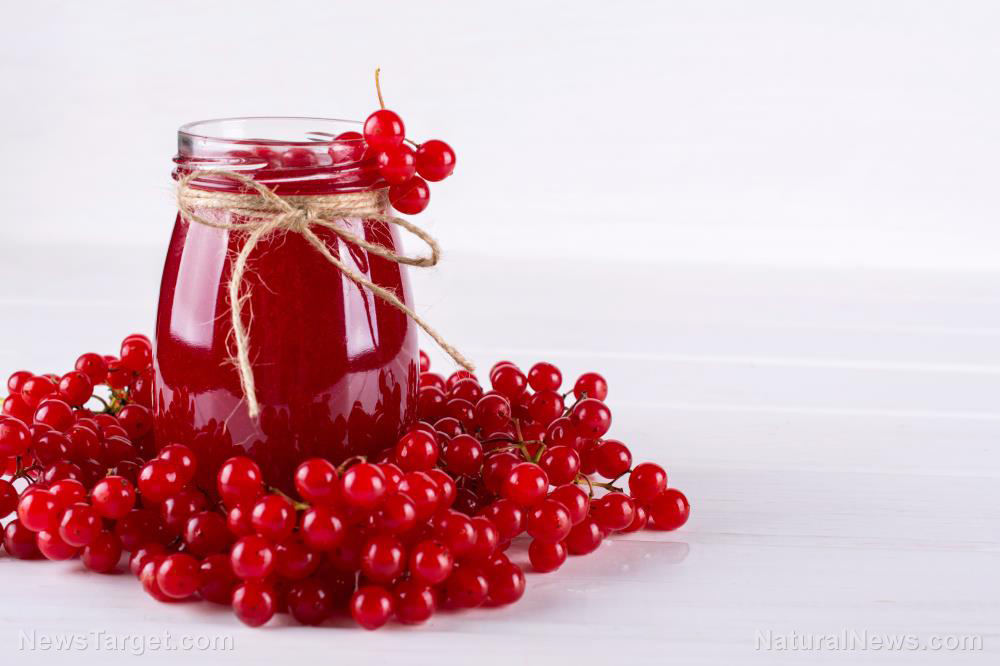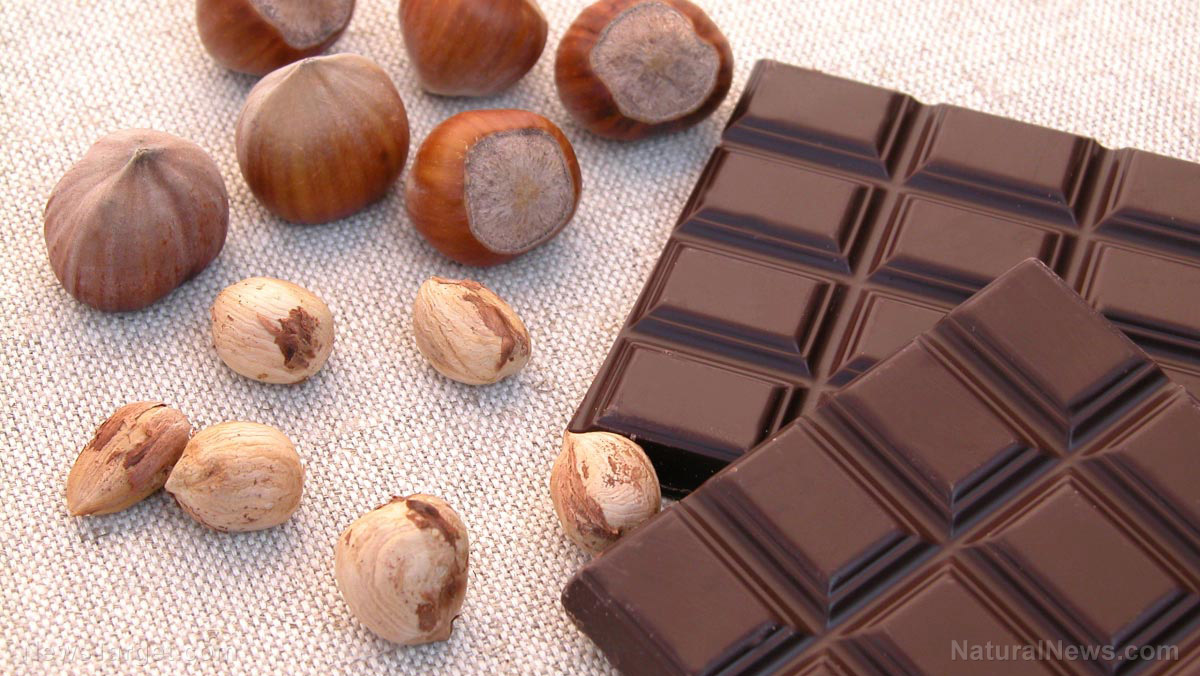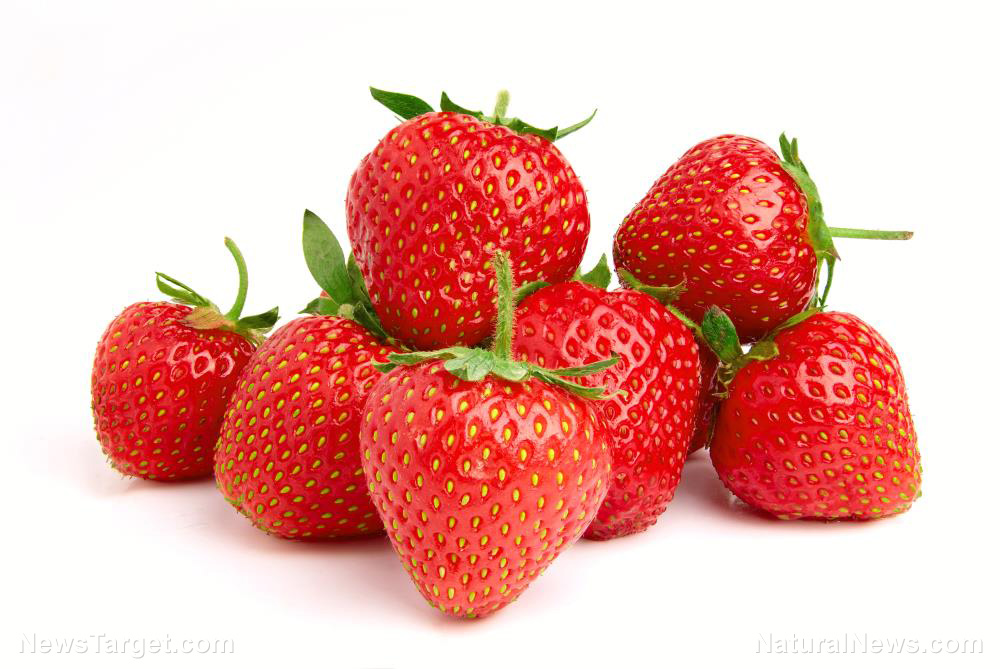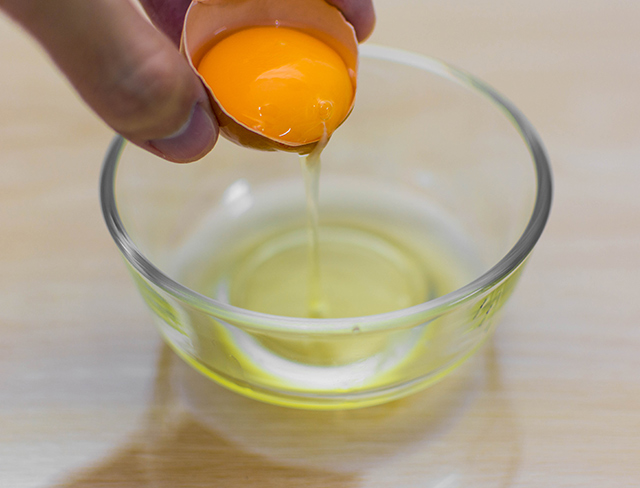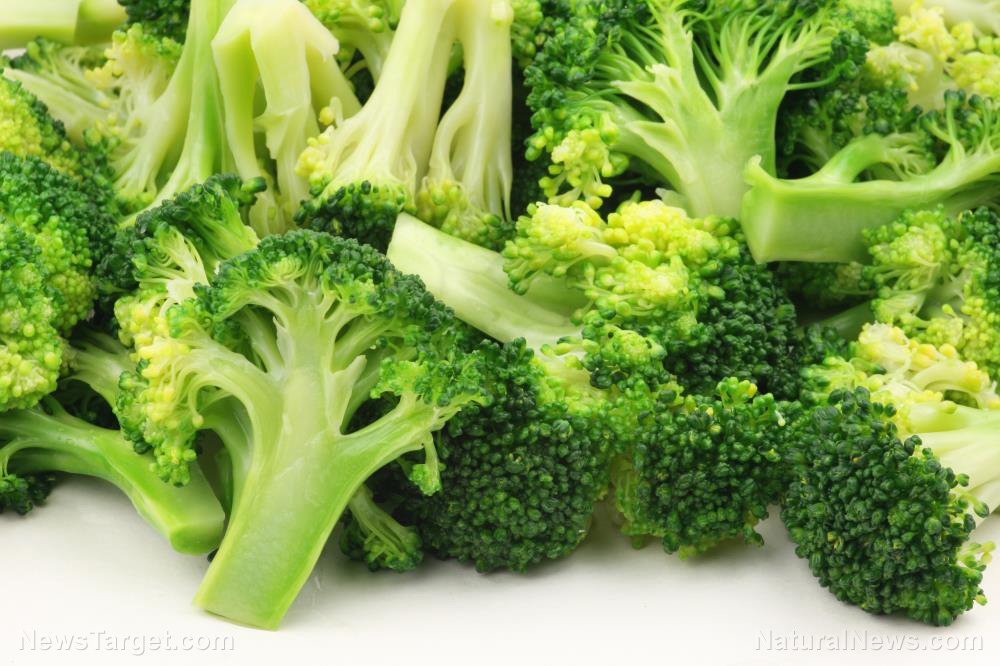These incredible foods contain more vitamin C than oranges
09/24/2018 / By Rhonda Johansson
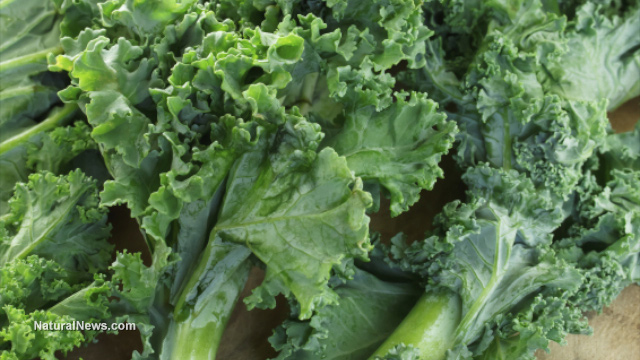
“Orange” you glad there are a lot of superfoods you can eat to get your daily dose of vitamin C? You probably associate ascorbic acid with the deliciously pulpy orange (which contains around 70 mg of vitamin C), yet there are other fruits and vegetables you should take note of.
Vitamin C is a water-soluble antioxidant that has many health-boosting properties, not the least of which is that it repairs and regenerates tissues. Research has proven that taking vitamin C daily prevents the onset of certain types of cancers. It even neutralizes the negative effects caused by nitrites found in most processed food. A lack of vitamin C in one’s diet can potentially lead to scurvy, a rare but dangerous disease.
Here is a list of some foods that have more vitamin C than oranges.
Yellow Bell Peppers
Part of the nightshade family, yellow bell peppers are a dieter’s dream. They are low in calories and incredibly rich in vitamin C and other antioxidants. Their distinctive yellow coloring speaks of its benefits, as a large part of the nutrients are found in its peel. Yellow bell peppers have around 341 mg of vitamin C. This is 169 percent of the RDA for vitamin C. Other colors of bell peppers (green and red, for example) also contain ample amounts of vitamin C (120 mg and 190 mg, respectively) but not as much as their yellow counterpart.
Kale
One serving of kale has 80.4 of vitamin C. Kale is considered a superfood and is packed with various minerals and vitamins necessary for good health. Studies have found that having a diet with a kale-lentil combination dramatically improved the number of prebiotic nutrients in the gut. Prebiotics promote the growth of good bacteria which helps the digestive tract. Some people do not like the taste of kale, finding it too bitter. Nutritionists have recommended various ways to make the vegetable more palatable. One of the more popular ways to eat it is making kale chips or blending it in a smoothie. Another easy tip? Massage the kale. Dump the kale into a bowl and massage the leaves until they are a little pulpy. This breaks down the enzymes that make it taste bitter.
Mangoes
Mangoes are the most widely consumed fruit in the world — and with good reason. The summer fruit has around 123.3 mg of vitamin C. They are also a rich source of antioxidants that keep your eyes healthy and your skin glowing. There is also data that suggest mangoes can prevent prostate cancer. It also helps prevents other forms of cancer like breast and colon. Mangoes are a seasonal fruit, available during the spring and summer months, so most groceries sell these frozen. This does not lessen their healing power.
Kiwi
One small kiwi contain 90 mg of vitamin C. Thinking of throwing their skin away? Dieticians say that the fruit peel is edible and contains the majority of the fruit’s of the vitamin C. It is also a good source of fiber. Make sure to wash the fruit properly. Studies also point to the kiwifruit’s ability to lower hypertension and prevent cataracts. Kiwis have also been linked to better sleep. The fruit has high levels of serotonin, a hormone that initiates sleep onset. Kiwis are also high in potassium and copper.
Strawberries
A cup of this berry gives you 84.7 mg of vitamin C. It’s worth noting that there’s a good reason strawberries resemble a heart, as the fruit enhances cardiac health. Strawberries are also an excellent source of manganese which keeps blood sugar levels stable. Take extra care to wash your strawberries before eating them! The Environmental Working Group has rated the fruit as the number one most pesticide-loaded produce.
Find more articles on more healthful foods at Superfoods.news.
Sources include:
Tagged Under: food as medicine, food cures, Fresh, fruits, ingredients, natural cures, natural remedies, nutrients, vitamin C, Whole Foods

